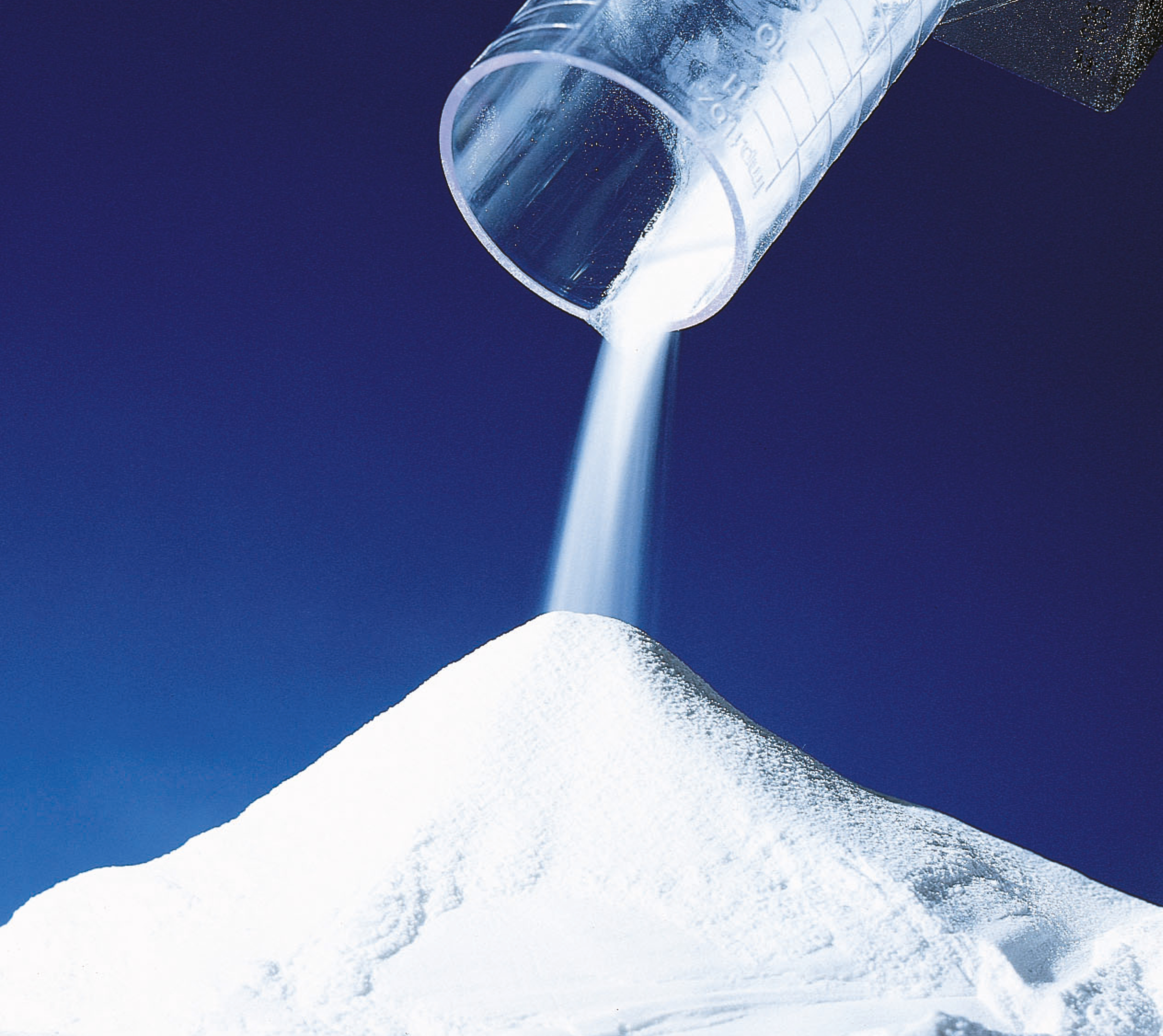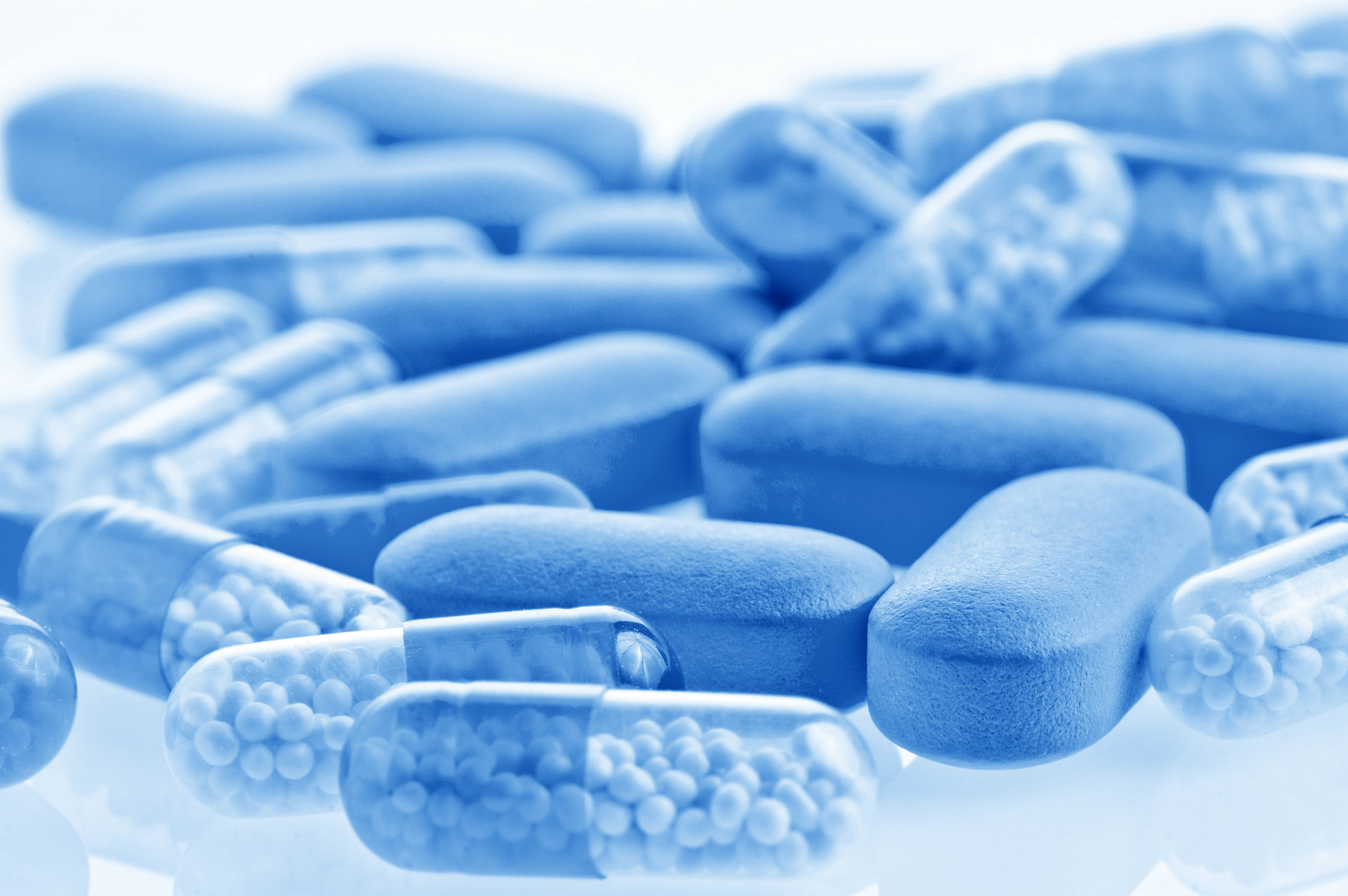- Home
- Education & Insights
- Search
- A History of Starch: From Humble Beginnings to a Cornerstone of Modern Medicine
A History of Starch: From Humble Beginnings to a Cornerstone of Modern Medicine

Years ago, when scientists first began formulating pharmaceutical tablets and capsules, they quickly realized that active ingredients alone weren’t enough. Medicines needed help—to hold together, to break apart at the right moment and to remain shelf stable. Enter starch: a simple, natural substance with remarkable abilities.
In this blog, we’ll dive into the world of pharmaceutical starch—native, pregelatinized and modified—and explore why starch, often derived from everyday corn (or maize), remains a cornerstone of modern medicine.
Types of Starches Used in Pharmaceuticals
- Native starch: starch in its purest form, extracted directly from plants like maize without chemical or physical alteration. It’s simple and effective but limited in performance.
- Pregelatinized starch: as the name suggests, this is native maize starch that has been gelatinized to make it soluble in cold water. This process involves treating the starch with heat and moisture, making it easier to dissolve or hydrate cold liquids without the need for further heating. An example of this is Starch 1500®.
- Modified starch: chemically, physically or enzymatically altered to change its properties. These modifications improve characteristics such as solubility, stability, swelling, viscosity and the ability to form gels or pastes.
Role of Starch in Tablet Formulation
Starch serves several important functions:
- Binder: helping to hold the tablet ingredients together. It enhances the cohesiveness of the powder blend, ensuring that the tablet remains intact during handling and administration.
- Disintegrant: once the tablet hits your stomach, starch absorbs water and swells, helping the tablet break up, releasing the medicine exactly where it’s needed.
- Filler: ensuring the desired tablet weight and volume, without affecting the stability or drug release properties.
- Lubricant: In some formulations, starch helps powders flow smoothly during production, ensuring tablets are uniform and easy to manufacture.
Overall, starch contributes to the tablet's performance in both its formulation and manufacture, and the way it dissolves in the body, too.
Native vs. Pregelatinized Starch: What's the Difference?
In the early days, pharmacists relied heavily on native starch. But they quickly noticed something: while effective, native starch sometimes lagged in helping tablets break down quickly, especially for medications that required rapid action.
Pregelatinized starch (like Starch 1500), was developed to solve this problem. By processing native maize starch with heat and moisture ahead of time, it made it instantly soluble in cold water. This small modification made significant difference on the production floor and in patient outcomes.
The Benefits of Pregelatinized Starch include:
- Faster disintegration: Tablets break apart quicker, ensuring faster release of the active ingredient.
- Better flowability: Powder blends move more easily through machinery, leading to consistent tablet size and dosage.
- Improved stability and compatibility: Pregelatinized starch remains stable, non-hygroscopic (it doesn’t attract moisture), and compatible with a wide range of drugs and excipients.
- Cost savings: Since it’s ready-to-use, it streamlines manufacturing, cutting down time and cost.
- Safety you can trust: Derived naturally from maize, pregelatinized starch has a long-standing record of safety in the pharmaceutical world.
Final Thoughts
What began as a simple natural substance has become integral to modern pharmaceutical development. Its versatility and remarkable properties have made it indispensable in pharmaceutical formulations. Pregelatinized starch has revolutionized the industry by providing faster disintegration, better manufacturing efficiency and cost savings, all while maintaining a high safety profile.
About Colorcon
Colorcon is a world leader in the development, supply and technical support of specialty excipients: formulated film coating systems, modified release technologies, and functional excipients for the pharmaceutical industry. Our best-in-class products and technologies are complemented by our extensive application data and value-added services to support all phases of solid oral dose design, development and manufacture.



